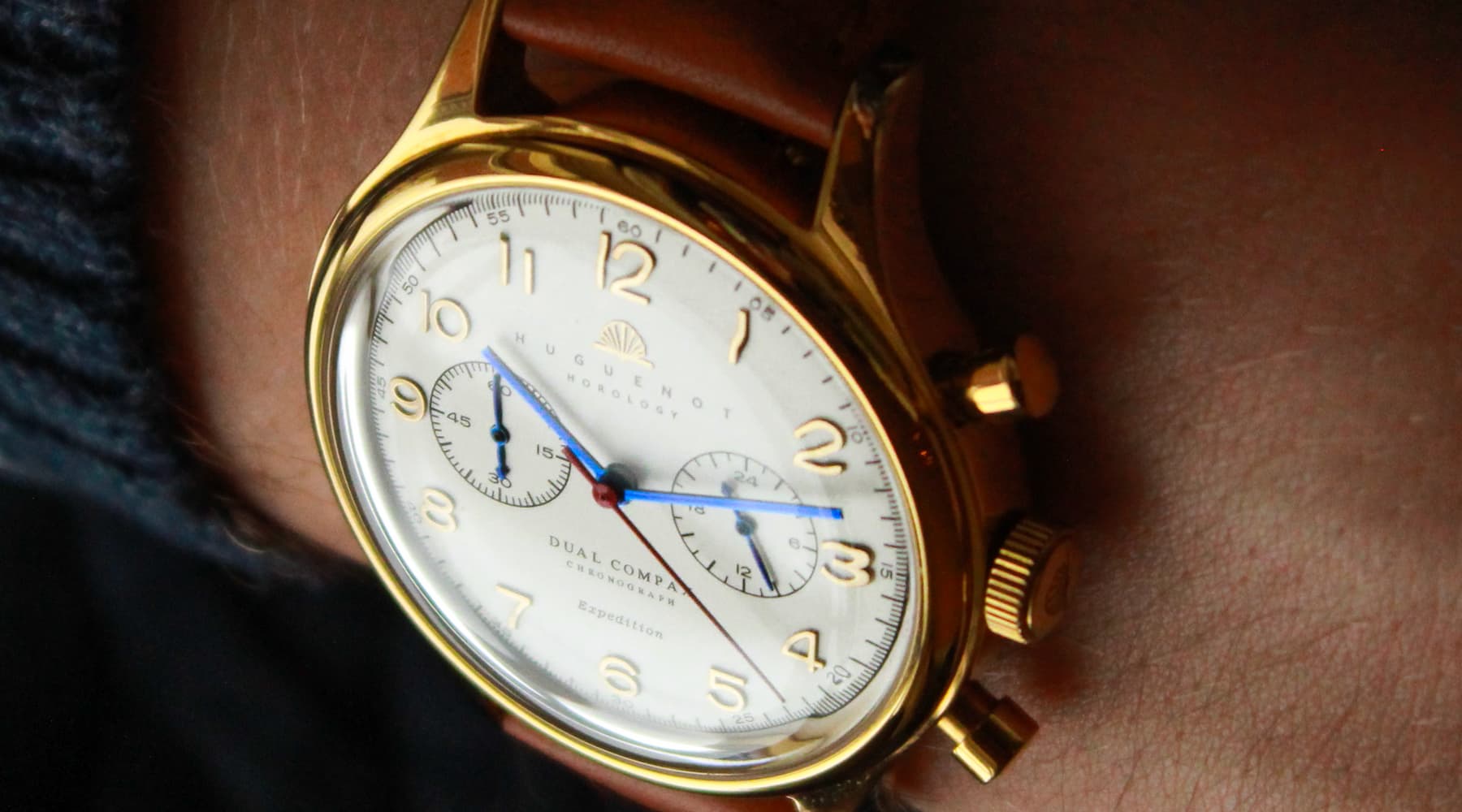A GUIDE TO CRYSTAL GLASS
When looking for the right watch, it is important to arm yourself with as many details as you can to make an informed purchase. When it comes to watches, the dizzying array of variation and jargon can make the task daunting at first, but fortunately we have compiled a list of some of the basics elements to help you have all the right information. Here we will discuss one of the most important and obvious features of any watch, the glass. Unsurprisingly, there are numerous materials, compounds and manufacturing processes used to make glass for watches, but they largely fit into three broad categories which we will cover from most fragile to most durable.


